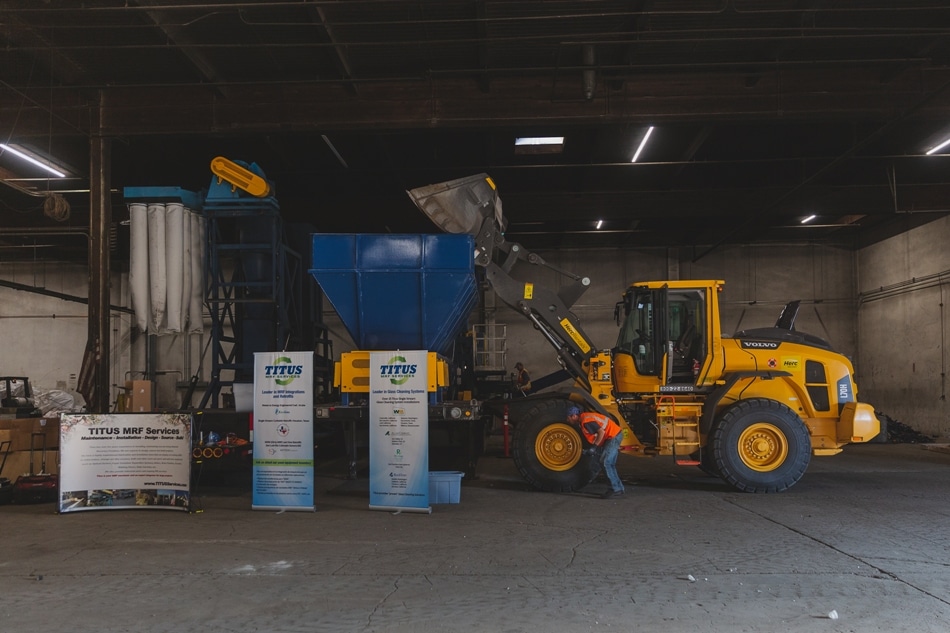Nov 23 2019
A collaborative group of government and packaging industry leaders, led by the Plastics Industry Association (PLASTICS), have released the results from the first-of-its-kind Pacific Northwest Secondary Sorting Demonstration Project (PNW Sort) today. The group set out with the goal of determining how a wider range of materials can be captured from the residential recycling stream.

The project made use of a portable Secondary Material Recovery Facility (Secondary MRF) that operated for 60 days in Portland, receiving, sorting and measuring the possible recovery from two types of material streams from four MRFs located in Oregon and Washington. Titus MRF Services operated the facility and provided the equipment for the project.
“Projects like this are important as we work towards a more sustainable system nationwide,” commented Scott Farling, vice president of business development and research at Titus MRF Services. “While top producing primary MRFs can recover close to 90% of the recycled materials from the waste stream, we’d like to see that number increase in the coming years. This project allowed us to dig deeper to recover what remains: the low-volume and difficult-to- manually-sort materials along with machine yield losses.”
Materials recovered in this study included polyethylene, mixed paper, cartons, polypropylene, polystyrene, and PET bottles and thermoforms. The results of the Pacific Northwest Secondary Sorting Demonstration Project suggest that a regional secondary sorting MRF sized to serve the populations of both Oregon and Washington would:
- Increase material recovery or landfill diversion by more than 50,000 tons (100 million pounds) per year, equivalent to 2,500 semi-trailer truckloads of recovered materials bound for recycling facilities.
- Increase the recovery rate by 3% to 6% without significant program changes or investments.
- Generate 46 green jobs per Secondary MRF.
- Reduce the generation of greenhouse gases by more than 130,000 tons per year; this is equivalent to taking more than 27,600 cars off of the road.
- Enable future expansion of the accepted materials list without needing to retrofit Primary MRFs.
- Provide accountability for all collected recyclable materials and eliminate the risk of potential mismanagement and pollution.
“Our biggest takeaway following this pilot program is that a secondary sorting facility model is a viable option to help meet the ever-increasing demand for recycled materials,” said Tony Radoszewski, president and CEO of PLASTICS. “The project data shows the value that can be extracted from landfill-bound or mixed materials. It is our hope that the data from this report can help inform state and local decision makers on how to improve our recovery systems.”
The project was funded by the American Chemistry Council, AmSty, Berry Global, the Carton Council, LyondellBasell, Metro (Portland Metro Regional Government), Milliken & Company and PLASTICS.